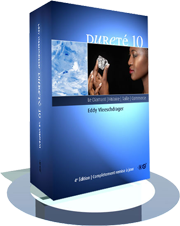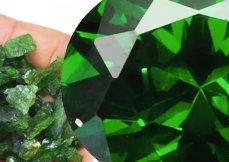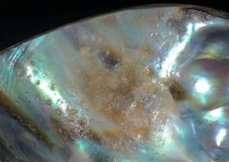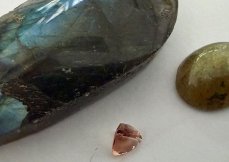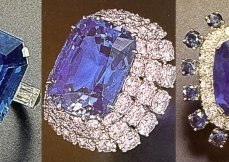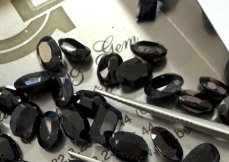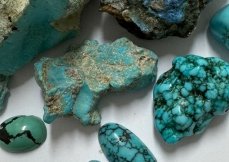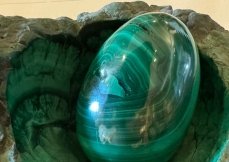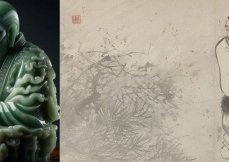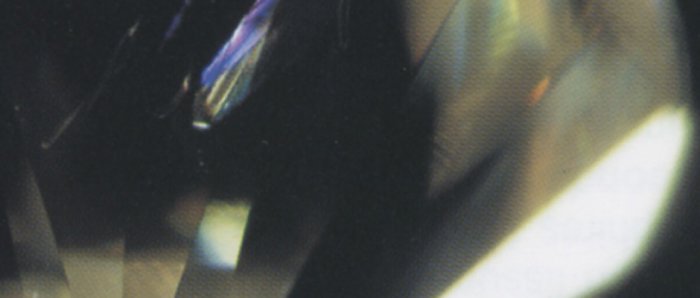
THE GLET FILLING | EN
THE FILLING OF THE CRACKS IN PRECIOUS STONES UNDER SCRUTINY
For several years now, the diamond and corundum sector has been faced with such manipulation. The process, which consists in filling the tears in the stones with synthetic products, is used for both cut stones and rough stones alike.
The precious stone dealer, as well as the consumer, do have to insist, when buying great value stones, on a report from an acknowledged laboratory such as the GIA, the HRD, the IGI, Gubelin or the LFG. Even more so since the instruments those labs are using have considerably been developed over the last decades, with the UV-VIS and Infra- red spectrophotometer, the "Diamond-View", the Raman and X-ray spectroscopy, which are only a few of the exorbitant instruments which are part and parcel of the modem gemmology laboratories.
- FILLING THE TEARS (GLETS) OR CRACKFILLING
A great many cut stones have cracks (glets). Such categories of stones, "faulty", low range, are really not nice since the tears may be seen with the naked eye. The filling technique then consists in putting in a product. The filling the cracks in precious stones, especially in emeralds, is as old a practice as the famous beryl trade. Cedar oil has long been the most cornmon product. Unfortunately, this used to dry out and become brownish or disappear with time, only to show the tears and cracks again. Several similar methods have been developed under such names as Yehuda and Koss in Israel, Diascence, Genesis Enhanced and Goldman Oved in New York.
This process enables to "improve" the diamond through the injection in the tears and cracks in the cleavage plane of a vitreous product which comes back to the surface, with a 2.417 refractive index. According to the nature of the fault, various products may be used. So, an SI or even a VS "eye clean" stone, i.e. pure to the eye, may be got from a P2 (dead) stone, but it will be easily detectable under a magnifying glass or microscope. Through such process, the stone becomes purer without basically any notable change in colour. There are several methods, but the one which has the best results is the Koss method, which further limits the rainbow or "flash" effect (the yellow orange colour turning into electric blue) in the "black field" of the microscope, unlike the other methods which, on the opposite, tend to entail such an effect.
The surface tears give the best results, up to a 0.25 micron opening. The Koss system, developed a good ten years ago by the Israeli laboratories is a system which fills the cracks and drilling channels (with the laser beam): it is a high refractive index vitreous product, more resistant than resin, but, in spite of it all, cannot stand the vitriol refining. If the formula is a well kept secret, it is however known that the filling product, a by-product of optic fibre technology, is made of lead, bismuth and oxygen paste which solidifies. As regards scaling, the fact that improvement is no more than a temporary one and that the value is hardly higher than a faulty stone has to be taken into consideration. Another similar technique, referred to oscillation, makes use of a vibration or ultra sound system to introduce the product. The result: the crack is filled with a clear vitreous product which is visible under the microscope or the 10 x magnifying glass.
|
